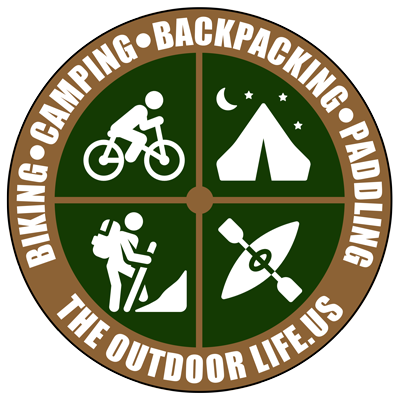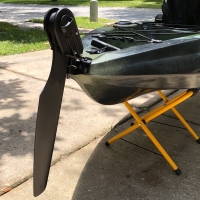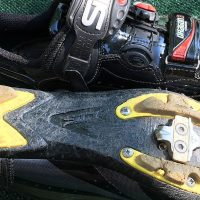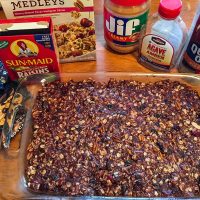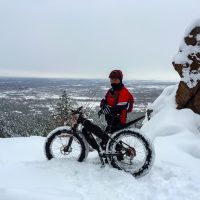
Packing Guide for First-Time Trekkers
Hiking and trekking both include walking, but after that, the activities split into different tangents quickly. A hike is generally done on a dedicated path, and the path is designed to loop from a single spot back to the same location. A trek is a walk from one point to another, away from a dedicated path.
What You Need
Because you won't be on a hiking path, it's a good idea to carry emergency gear, GPS, a way to call for help, cooking tools, food, and weather tolerant footwear. Trekking poles, which can be used to increase the strength of your stride, hold back unpleasant vegetation, and support the roof of your tent, are another nice addition.
As a general rule, a hike can be done in the afternoon. A trek can take days, so the items you carry will be very different on a trek. You'll also need a tent, water purification tools, and a double wall insulated water bottle. The ability to fully pack all of this into a single pack will take some serious planning.
How to Fill the Pack
A lot of filling your pack can be worked out by loading your gear from the last thing to be used first. For example, the bottom of your pack can be the spot for your sleeping bag, extra clothing, and spare shoes. When you've got the bottom of the pack filled with bulky items, you'll want to split your pack between heavy things to be carried close to the spine and lighter things on the outside.
Your cooking supplies and water bladder belong close to your back. Lighter-weight gear to be used later in the day, such as your headlamp, can go in this layer but away from your spine.
At the top of the bag, you'll want space for the things you need on every break. Your
- lip balm
- sunscreen
- snacks
- spare hat
- blister kit
- first aid kit
need to go into this section of the pack. If you have a larger medical kit for general use, it can probably go lower in the pack; these useful kits generally come in a case, which can add structure at the bottom of your pack.
How to Fit a Pack
When you go to try on your pack, make sure you can strip down to a tank top and find a pack that fits comfortably under your lightest weight garments. A pack that cinches down snug over a fleece jacket is nice, but if it scrapes across the front of your sunburned shoulders, you're going to be in a lot of discomfort.
Once you've got a pack that suits your body, go to the trouble to make sure you can cinch it tight in a comfortable fashion. A full pack, bouncing around, can pull you off balance and may lead to a fall if you're not able to wear it snugly pulled close to your torso.

Clothes
Prep for hot weather by carrying shirts and socks that will wick away sweat. The shirt will keep you cooler and the socks will prevent blisters. Prep for cold winds by carrying a lightweight rain jacket that can also serve as a windbreaker. Pack a fleece hoodie that you can sleep in if it's very cold overnight. This garment can also be worn under your windbreaker to hold warmth against your skin.
Shorts will keep you cooler, pants will protect you from the wind and unfriendly plants. Long pants, tucked into socks, which are tucked into trekking boots, can save you a lot of trouble in tick country.
Time to Your Destination
How long will you be out? A long trek up to a new elevation will require a lot of food you don't have to cook, food you can cook, and footwear and clothing that will work as the weather cools. A trek into the desert will require a lot of water, sunscreen, and sun gear. Track the weather at your destination to make sure you have what you need before you leave on your trek.
Building up the strength for a serious trek will take a lot of hiking. Find day hikes that you can take to build up your endurance. Practice getting out with your pack so you know what's worth carrying and what isn't.
